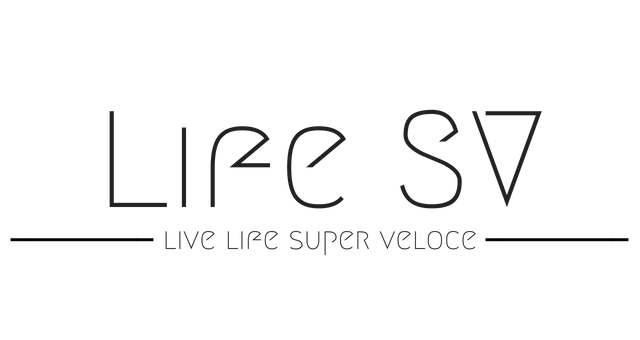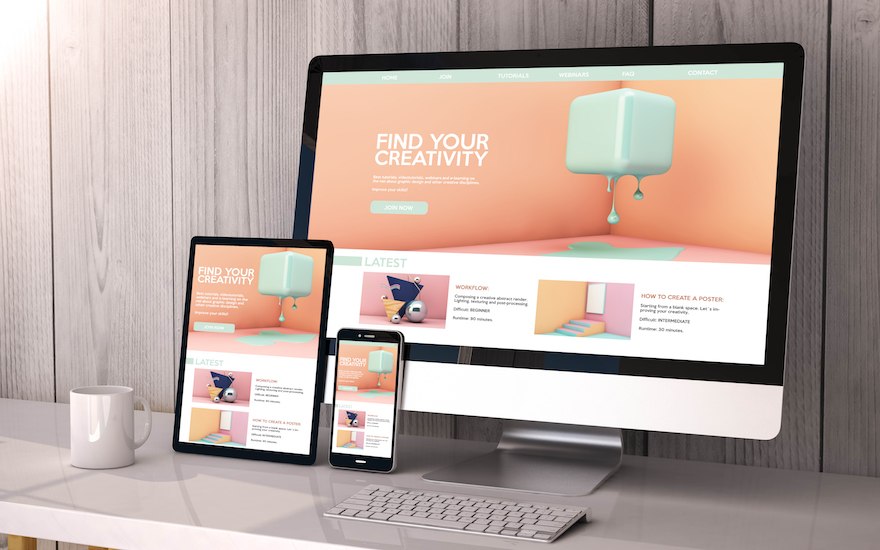When visiting a company website, visitors naturally gravitate first towards colour and then imagery. These elements, beyond the amount or quality of text supplied, will influence their all-important first impression. A harmonious blend of images, colour and content placement is always better than a website which looks jumbled, haphazardly composed or thrown together on the fly.
Don’t get us wrong when we say that a person’s eye is naturally drawn to imagery and colours, and this being the most important element in drawing people to a website, we are definitely not discounting the vital role that written content plays in attracting people to a site. All we’re saying is that well-chosen pictures play a great role in helping people to become engaged with your brand.
Picture quality
These days, there is a lot of choice when it comes to choosing images for your website. There are a lot of free sites which provide fantastic-quality images however, their selection is quite limited. If you decide to take pictures for your own website, make sure that you only choose the best quality ones. Don’t risk posting pictures that are blurry and grainy as this will detract from your brand image.
Licencing
Don’t – whatever you do – do a Google Image Search and pick the first picture that pops up. This is because these images are copyrighted and, if the person who took the photograph, finds out that you used it without their permission they could take legal action against you.
At we said in the previous paragraph, there are a lot of sites which offer free-to-use stock images. Some of these are:
- StockSnap.io
- Pexels
- Unsplash
- Burst (by Shopify)
- Reshot
- Pixabay
- Gratisography
- Foodies feed
- Freestocks.org
- Picography
Alternatively, you can still do a Google Image Search but when you do this make sure that you select ‘Labeled for Reuse With Modification’. You can find this under Tools > Usage Rights on the Google Image Search home page.
Creativity
When you select images to use on your website, make sure that they tell your brand story well. – this is very important from a marketing perspective. If you pick arbitrary photographs, which have no relation – whatsoever – to your company, you mind as well not have any images on your site.
In fact, images that don’t accurately portray your company could hurt your brand. For instance, if you’re an apple farmer – and you decide to put an image of the Apple computers logo onto your website because you think that it looks ‘cool’, you may very well find that people will start contacting you about their Mac repairs more often than they seek you out for their next batch order of apples. So make sure that what people see on your website gives a true reflection of the products and/or services which your company provides.
Cropping
In order to emphasise a particular portion of an image or photograph, you may decide to crop out the areas of the image that are not relevant to the message that you want it to portray. However, when you’re doing your cropping, make sure that you cut your picture in such a way that it looks like an image on its own. For example, if you have a picture of a number of people and you want to isolate a particular person, make sure that you cut this individual out in such a way that makes the photograph look like it’s meant to be. Don’t leave part of a person’s arm in the cropped picture as this will not look right and will give them impression that you’re not professional.
3.2 billion images are distributed online every day. Generation Y – which today presents massive buying power on digital channels – prefers a picture-based method of communicating information rather than a text-based method. This means that the story that you tell with your images needs to be on point and your images need to not let you down.


Leave a Reply